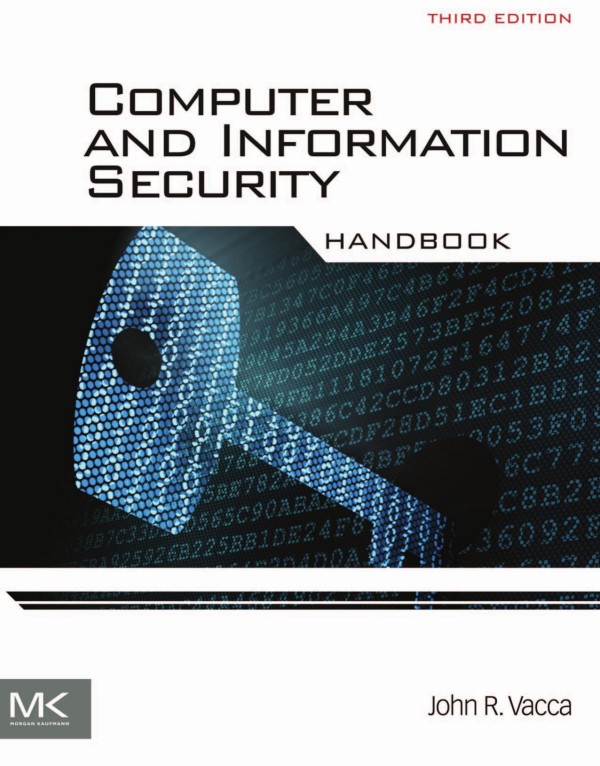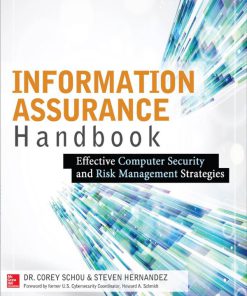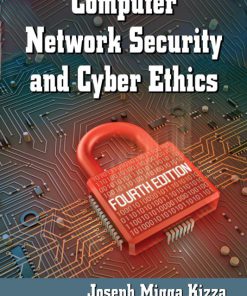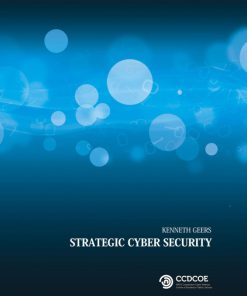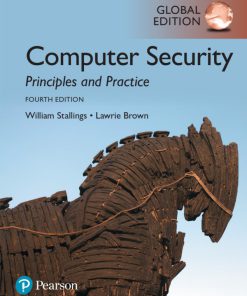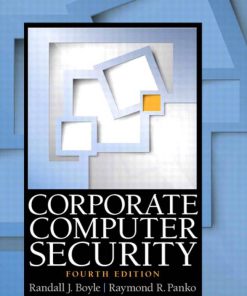Computer and Information Security Handbook 4th edition by John Vacca ISBN 0443132232 978-0443132230
Original price was: $50.00.$25.00Current price is: $25.00.
Authors:John R. Vacca , Series:Cyber Security [63] , Tags:Computers; Security; Network Security , Author sort:Vacca, John R. , Ids:Google; 9780128038437 , Languages:Languages:eng , Published:Published:Jun 2017 , Publisher:Elsevier Science , Comments:Comments:Computer and Information Security Handbook, Third Edition, provides the most current and complete reference on computer security available in one volume. The book offers deep coverage of an extremely wide range of issues in computer and cybersecurity theory, applications, and best practices, offering the latest insights into established and emerging technologies and advancements. With new parts devoted to such current topics as Cloud Security, Cyber-Physical Security, and Critical Infrastructure Security, the book now has 100 chapters written by leading experts in their fields, as well as 12 updated appendices and an expanded glossary. It continues its successful format of offering problem-solving techniques that use real-life case studies, checklists, hands-on exercises, question and answers, and summaries. Chapters new to this edition include such timely topics as Cyber Warfare, Endpoint Security, Ethical Hacking, Internet of Things Security, Nanoscale Networking and Communications Security, Social Engineering, System Forensics, Wireless Sensor Network Security, Verifying User and Host Identity, Detecting System Intrusions, Insider Threats, Security Certification and Standards Implementation, Metadata Forensics, Hard Drive Imaging, Context-Aware Multi-Factor Authentication, Cloud Security, Protecting Virtual Infrastructure, Penetration Testing, and much more. Online chapters can also be found on the book companion website: https://www.elsevier.com/books-and-journals/book-companion/9780128038437 Written by leaders in the field Comprehensive and up-to-date coverage of the latest security technologies, issues, and best practices Presents methods for analysis, along with problem-solving techniques for implementing practical solutions

